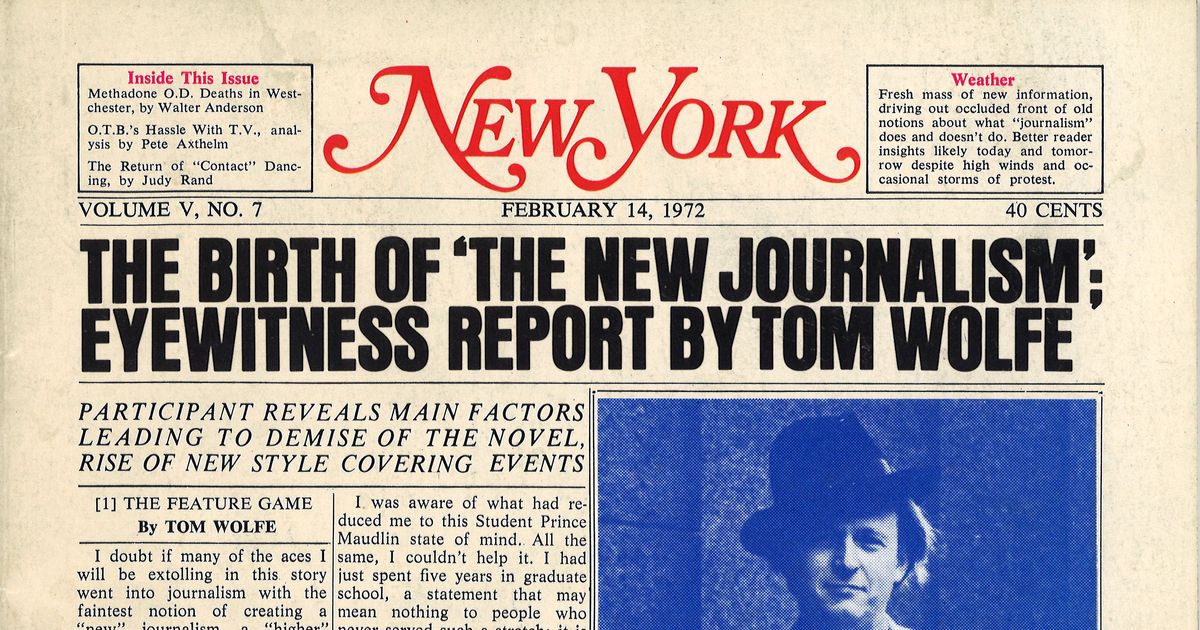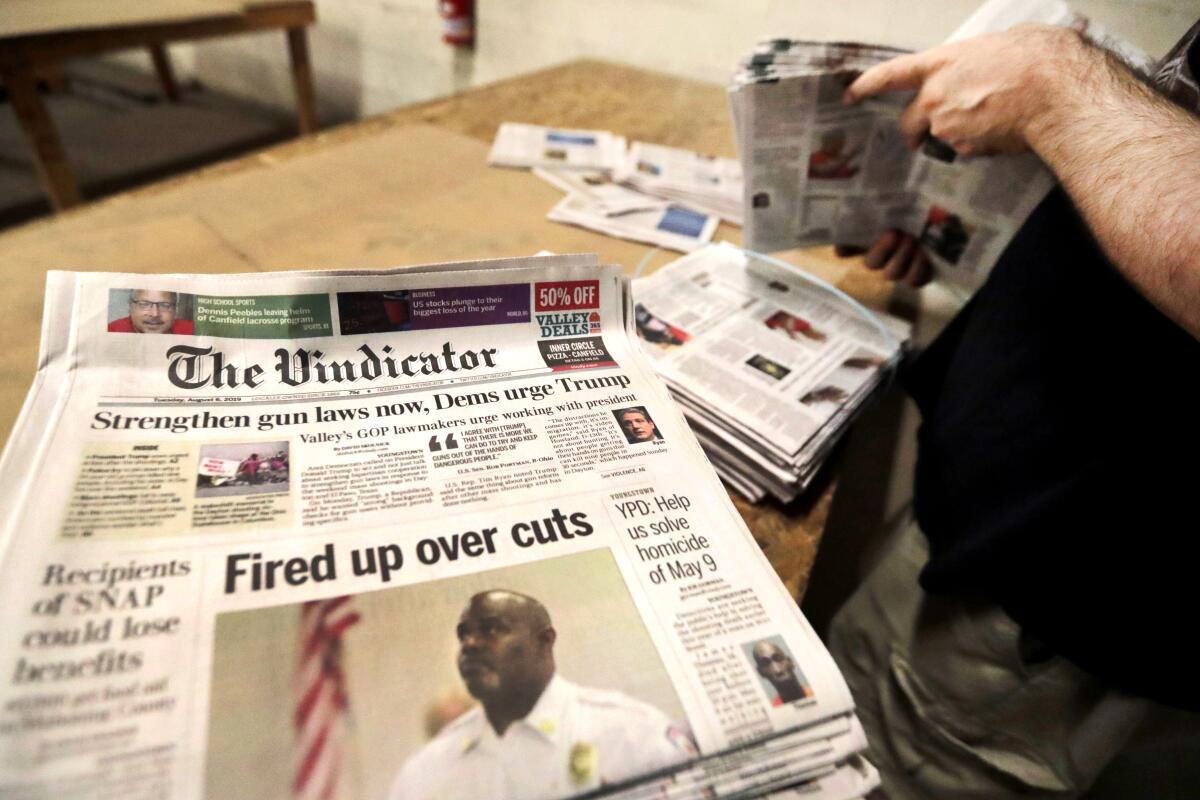The Best Strategy To Use For News Articles
The Best Strategy To Use For News Articles
Blog Article
A Biased View of News Articles
Table of ContentsThe 25-Second Trick For News ArticlesThe smart Trick of News Articles That Nobody is Talking AboutSee This Report on News ArticlesExcitement About News ArticlesThe Best Guide To News Articles
Great understanding of various subjects gives students an affordable edge over their peers. Although electronic and social networks are readily obtainable, we ought to not neglect exactly how essential it is to review the newspapers. Moms and dads must attempt and inculcate the routine of reading a paper as a daily regimen to proceed the tradition of the adored print medium.News stories additionally contain at the very least one of the adhering to important features relative to the desired audience: distance, importance, timeliness, human passion, peculiarity, or consequence. The related term journalese is sometimes utilized, normally pejoratively, to refer to news-style writing. One more is headlinese. Newspapers usually comply with an expository writing design.
Within these restrictions, information tales likewise aim to be extensive. Among the larger and more respected papers, fairness and equilibrium is a major factor in presenting details.
Newspapers with a worldwide target market, for example, tend to utilize a more official style of creating. News Articles.; typical design overviews include the and the United States News Style Publication.
The Best Guide To News Articles
Generally, journalists will not utilize a lengthy word when a brief one will certainly do. They use subject-verb-object building and construction and brilliant, active prose (see Grammar). They use stories, instances and metaphors, and they hardly ever rely on generalizations or abstract concepts. News authors try to prevent utilizing the exact same word greater than when in a paragraph (sometimes called an "resemble" or "word mirror").
Headings occasionally leave out the topic (e.g., "Jumps From Boat, Catches in Wheel") or verb (e.g., "Cat female lucky"). A subhead (likewise subhed, sub-headline, subheading, subtitle, deck or dek) can be either a subordinate title under the major heading, or the heading of a subsection of the short article. It is a heading that precedes the main message, or a team of paragraphs of the major message.

Additional signboards of any of these kinds may show up later in the post (specifically on subsequent web pages) to lure further reading. Such billboards are additionally utilized as pointers to the post in other sections of the magazine or website, or as ads for the piece in various other publication or websites. Common framework with title, lead paragraph (summary in vibrant), that site other paragraphs (information) and get in touch with details.

Instance of a hard-lead paragraph NASA is suggesting one more area project. The agency's budget request, introduced today, consisted of a plan to send another mission to the Moon. This moment the firm really hopes to establish a long-term center as a jumping-off factor for various other space adventures. The budget requests about $10 billion for the task.
The NASA news came as the company asked for $10 billion of appropriations for the task. An "off-lead" is the 2nd most crucial front page information of the day. The off-lead appears either in the leading left corner, or straight listed below the lead on the. To "bury the lead" is to start the post with history information or information of additional significance to the readers, compeling them to find out more deeply right into a post than they should need to in order to find the important factors.
Excitement About News Articles
Usual usage is that or more sentences each develop their very own paragraph. Reporters usually explain the company or framework of a news story as an inverted pyramid. The crucial and most interesting aspects of a tale are placed at the start, with sustaining information following in order of reducing relevance.
It permits individuals to explore a topic to only the depth that their interest takes them, and without the imposition of information or subtleties that they might think about irrelevant, however still making that info offered to a lot more interested viewers. The upside down pyramid structure also enables short articles to be trimmed to any kind of arbitrary size throughout design, to fit in the room readily available.
Some writers start their stories with the "1-2-3 lead", yet there are lots of type of lead available. This layout inevitably starts with a "5 Ws" opening paragraph (as look at here described over), adhered to by an indirect quote that serves to support a major component of the initial paragraph, and afterwards a straight quote to sustain the indirect quote. [] A kicker can refer to numerous points: The last tale current broadcast; a "pleased" story to finish the show.
Longer posts, such as magazine cover write-ups and the pieces that lead the inside areas of a newspaper, are recognized as. Function tales vary from straight information in numerous ways.
The Ultimate Guide To News Articles
The reporter typically details communications with interview subjects, making the item this contact form extra personal. A feature's very first paragraphs frequently associate an interesting minute or occasion, as in an "unscientific lead". From the particulars of a person or episode, its view rapidly widens to generalities regarding the tale's topic. The section that signifies what a feature has to do with is called the or billboard.

The Editor's Tool kit: A Recommendation Overview for Beginners and Professionals (2001) Allan M. Siegal and William G. Connolly. The New York Times Guidebook of Style and Use: The Authorities Style Guide Used by the Writers and Editors of the Globe's Most Reliable Newspaper (2002) M. L. Stein, Susan Paterno, and R.
Report this page